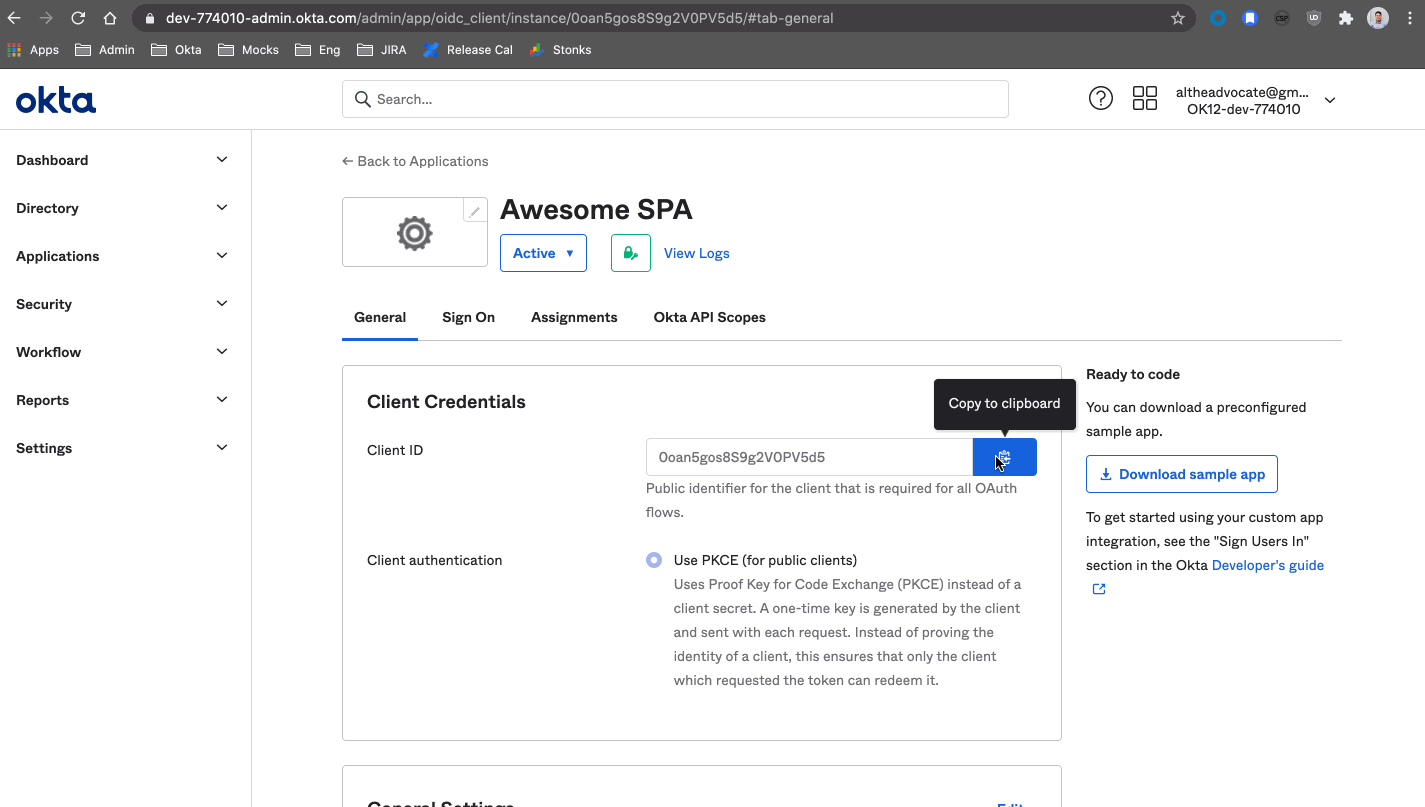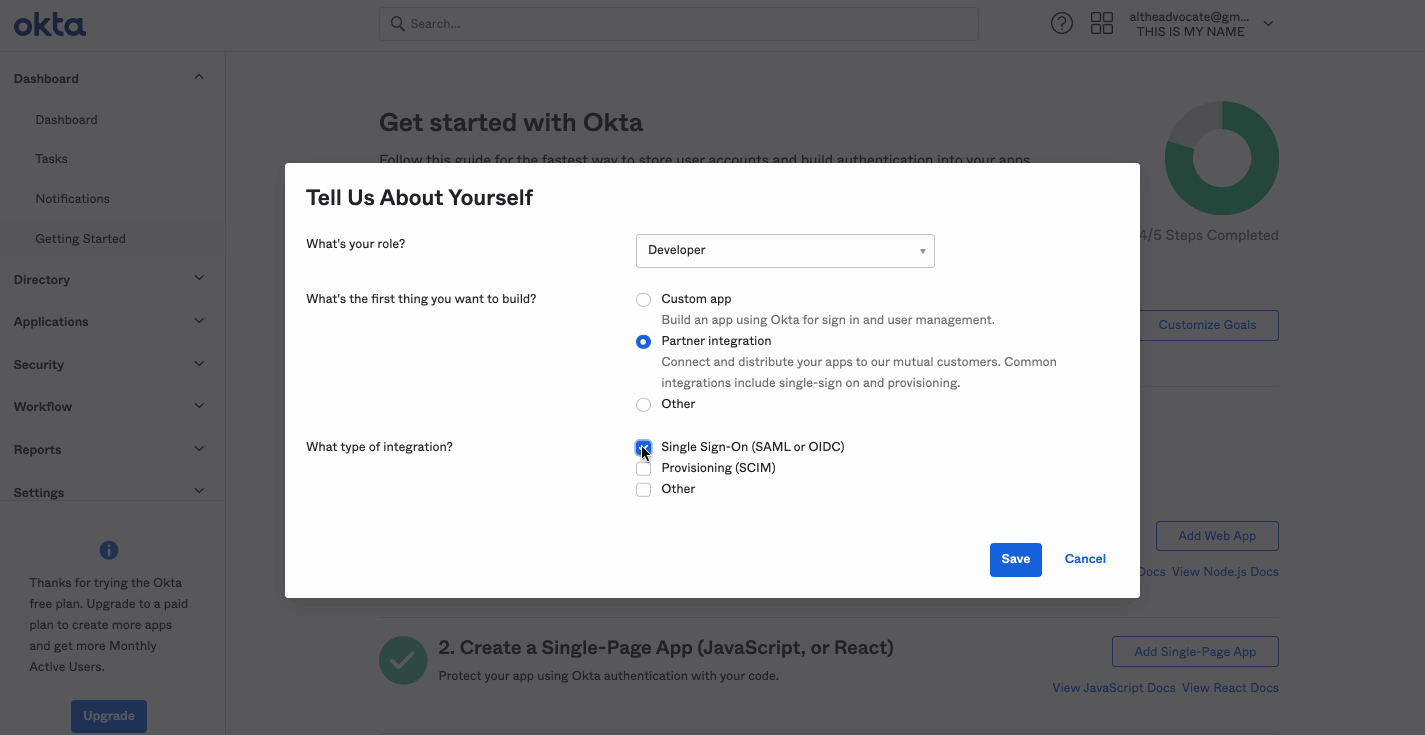The longer we continue to work with either all or part of our teams in remote, out-of-physical-office environments, the more imperative it becomes for those teams to have some tools in place to keep the channels of communication and management open, and for the individuals in those teams to have a sense of how well they are performing. Today, one of the startups that provides a team productivity app with that in mind is announcing a round of funding to fuel its growth.
Pathlight, which has built a performance management platform for customer-facing teams — sales, field service and support — to help managers and employees themselves to track and analyze how they are doing, to coach them when and where it’s needed, and to communicate updates and more, has picked up $25 million — money that it will be using to continue growing its customer base and the functionality across its app.
The funding is being led by Insight Partners, with previous backers Kleiner Perkins and Quiet Capital also participating, alongside Uncorrelated Ventures; Jeremy Stoppelman, CEO of Yelp; David Glazer, CFO of Palantir; and Michael Ovitz, co-founder of CAA and Owner of Broad Beach Ventures. Pathlight has now raised $35 million.
Pathlight today provides users with a range of tools to visualize team and individual performance across various parameters set by managers, using data that teams integrate from other platforms like Salesforce, Zendesk and Outreach, among others.
Using that data and specific metrics for the job in question, managers can then initiate conversations with individuals to focus in on specific areas where things need attention, and provide some coaching to help fix it. It can also be used to provide team-wide updates and encouragement, which sits alongside whatever other tools a person might use in their daily customer-facing work.
Since launching in March 2020, the startup has picked up good traction, with customers including Twilio, Earnin, Greenhouse, and CLEAR. But perhaps even more importantly, the pandemic and resulting switch to remote work has underscored how necessary tools like Pathlight’s have become: the startup says that engagement on its platform has shot up 300% in the last 12 months.
Alexander Kvamme, the CEO of Pathlight, said that he first became aware of the challenges of communicating across customer-facing teams, and having transparency on how they are doing as individuals and as a group, when he was at Yelp. Yelp had acquired his startup, reservations service SeatMe, and used the acquisition to build and run Yelp Reservations.
He was quick to realize that there weren’t really effective tools for him to see how individuals in the sales team were doing, how they were doing compared to goals the company wanted to achieve and based on the sales data they already had in other systems, how to work more effectively with people to communicate when something needed changing, and how to tailor all that in line with new variations in the formula — in their case, how to sell new products like a reservations service alongside advertising and other Yelp services for businesses.
“Whether it’s five or 3,000 people, the problem doesn’t go away,” he said. “Everyone uses their own systems, and it hurts front line employees when they don’t know how they are doing, or don’t get recognition when they are doing well, or don’t get coaching when they are not. Our thesis was that if software is eating the world, and you as a company are buying more software and analytics, over time managers will be more like data analysts. So we are providing a way for managers to be more data-driven.”
Five years down the line, Kvamme got the bug again to start a company and decided to return to that problem, teaming up with co-founder Trey Doig, the engineer who designed SeatMe and then turned it into Yelp Reservations and is now Pathlight’s CTO.
As they see it, the challenge has still not really been addressed. That’s not to say that there are not a number of companies — competitors to Pathlight — looking to fill that gap as well. Another people management platform called Lattice last year picked up $45 million (I’m guessing it will be raising money again around about now); HubSpot, Zoho, SalesLoft and a number of others also are taking different approaches to the same challenge: front-line customer-facing people spend the majority of their time and attention on interacting with people, and so there need to be better tools in place to help them figure out how to make that communication more effective, figure out what is working and what is not.
And all of this, of course, is not at all new: it’s not like we all woke up one day and suddenly wanted to know how we are doing at work, or managers suddenly felt they needed to communicate with staff.
What has changed, however, is how we work: many of us have not seen the inside of our offices for more than a year at this point, and for a large proportion of us, we may never return again, or if we do it will be under different circumstances.
All of this means that some of the more traditional metrics and indicators of our performance, praising, management relationships, and learning from team mates simply is not there anymore.
In customer-facing areas like sales, support and field service, that lack of contact may be even more acute, since many of the teams working in these environments have long relied on huddles and communication throughout the day, week and month to continuously tweak work and improve it. So while tools like Pathlight’s will be useful as data analytics provision for teams regardless of how we work, it can be argued that they are even more important right now.
“I think people have started to realize that if you can empower front line to be more independent, your numbers will go up and do better,” Kvamme said.
This is part of what went into the investment decision made here.
“With the acceleration of digital transformation across the enterprise, it’s not enough to rethink the way we work—we must also rethink the way we manage,” said Jeff Lieberman, MD at Insight Partners. “Pathlight is ushering in a new age of data-driven management, an ethos that we believe every enterprise will need to embrace—quickly. We are excited to partner with the Pathlight team as they bring their powerful platform to companies across the world.”

![]()







